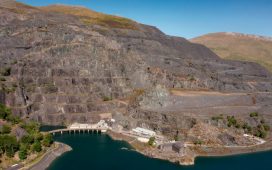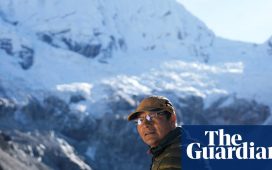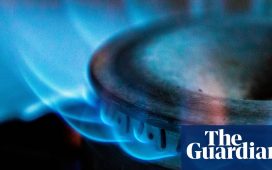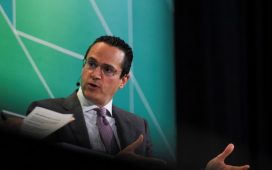A UK venture to build the world’s first fusion power plant will take centre stage this week as its EU-backed predecessor winds down after 40 record-breaking years.
The new Spherical Tokamak for Energy Production (STEP) project to be built in Nottinghamshire aims to use pioneering reactor technology in a bid to finally prove fusion’s promise as a safe and potentially inexhaustible source of low-carbon energy.
STEP succeeds the Joint European Torus (JET) project outside Oxford, which conducted its last experiment in December and will announce final “milestone results” on Thursday.
The transition comes at a time when climate change and geopolitical conflict have encouraged a wave of public and private investment in the field of fusion research.
“The global interest in fusion . . . has gone through an extraordinary transformation over the last few years,” said Tim Bestwick, deputy chief executive of the UK Atomic Energy Authority (UKAEA), which runs Britain’s fusion programme.
“The thing that’s changed most is the widespread realisation that we need something with the attributes of fusion energy to get us out of the challenges we have on both security and low-carbon energy,” he said.
Fusion’s great promise is that by recreating the reaction that generates the Sun’s heat, power stations will be able to produce abundant energy anywhere in the world.
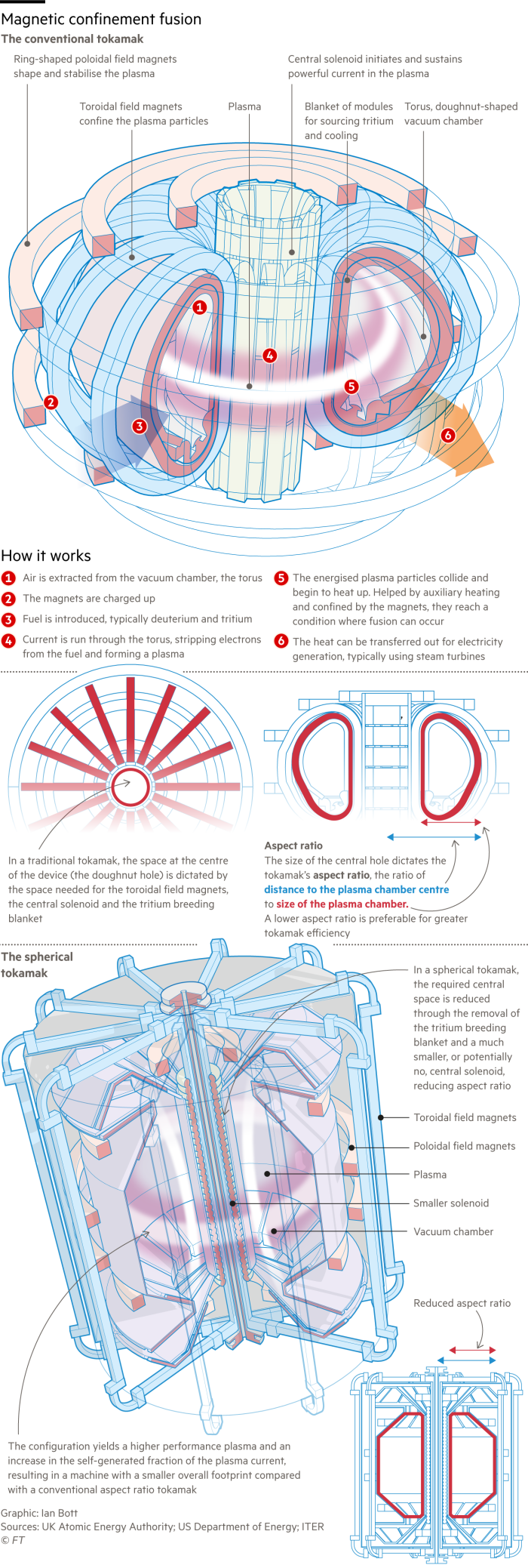
The process involves heating a plasma of two hydrogen isotopes — normally deuterium and tritium — to extreme temperatures so that they fuse, producing helium and neutrons.
The reaction creates no long-lived radioactive waste, the isotopes can be sourced in large quantities, and a small cup of the fuel has the potential to power a house for hundreds of years.
However, after four decades of experiments the technology is still years away from proving it can generate commercially viable power.
The UK has been at the forefront of fusion research in large part because of the decision to build JET — a collaboration between EU member states, Switzerland, the UK and Ukraine — just outside Oxford in the early 1980s.
It was opened by Queen Elizabeth II in 1984, created the first deuterium-tritium plasma in 1991 and delivered a world record for energy output in 1997. JET set another landmark in 2021, producing enough energy in a five-second reaction to boil about 60 kettles, although that was still far less energy than the experiment consumed.
Melanie Windridge, chief executive of advisory group Fusion Energy Insights, said JET had been “running and doing cutting-edge physics for decades, and decades longer than was ever intended”.
Under the government’s current timeline, the STEP machine will not start operating until the early 2040s. But environmental and political urgency could bring that forward.
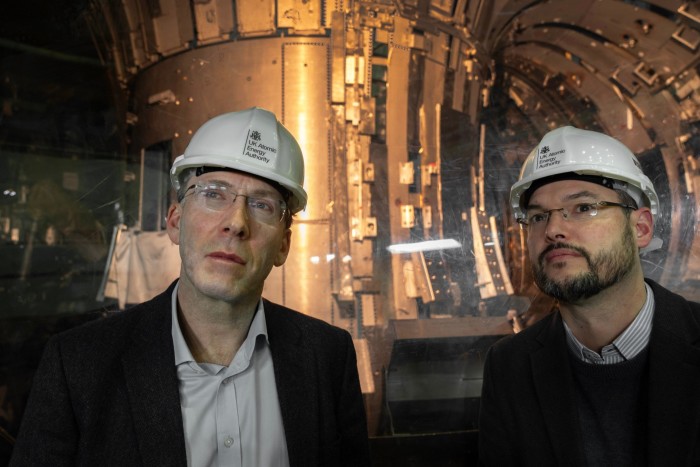
“We’re going to look very closely at the opportunity to accelerate the progress,” said David Gann, inaugural chair of UK Industrial Fusion Solutions, the government body responsible for delivering the plant.
Whereas JET was an experimental machine, the principal objective of STEP is to produce electricity for the grid in a way that makes commercial sense. It will be built on the site of a decommissioned coal-fired power plant.
Artificial intelligence, particularly machine learning, is set to play a key role in STEP, enabling scientists to test digital versions of the technology before committing to a design, Gann said.
STEP, like JET, will be a type of fusion machine known as a tokamak. But while JET and the roughly 50 other working tokamaks in the the world are doughnut-shaped, STEP will be spherical like an “apple with a slender core”, said Gann.
By bringing the superheated plasma closer to the wall of the machine, spherical tokamaks can in theory be more compact and use smaller, less expensive magnets. That could make them easier to commercialise, although they will require immense feats of engineering.
Tokamaks heat the plasma to temperatures 10 times greater than the centre of the Sun and use liquid helium at a temperature close to absolute zero — minus 273C — as a coolant for their superconducting magnets.
“Within two metres of each other you have got the hottest place in the solar system and some of the coldest temperatures on earth,” said Joe Milnes, former head of JET operations and now executive director for engineering and computing at the UKAEA. “How do you make a machine that can deal with this challenge? You have to crack on and make it happen.”
One advantage of fusion is that, unlike nuclear fission, it does not create radioactive spent fuel that needs to be stored in secure silos for thousands of years.
Tritium is mildly radioactive but when the Financial Times visited the Oxfordshire facility, it was possible to pass beyond the giant concrete shield doors and into the tokamak’s vast hangar, even though the last reaction had taken place less than five weeks previously.
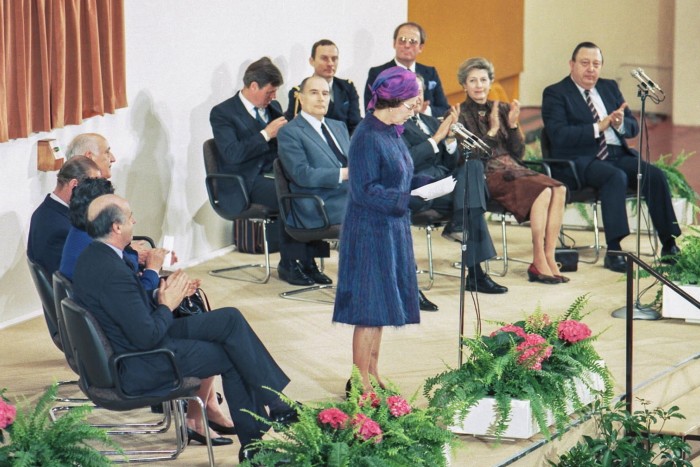
JET’s final task will be to disassemble the tokamak, the first time such a full decommissioning has been tried. That should yield valuable new insights, not least for the robotic techniques that will be used in the process.
Some fusion industry executives have questioned the UK’s decision to focus on a single fusion project. The US government, in contrast, is backing several start-ups employing different approaches.
Windridge at Fusion Energy Insights dismissed those concerns. “We can talk for decades about which option might be the best but ultimately you have got to build things, you have got to try things and see what works,” she said.
STEP will now take up the big challenge of making the long-held dream of fusion energy a reality, despite the multiple forbidding obstacles.
“It’s a quest,” said Bestwick of the UKAEA. “And we think that quest is worth it.”

